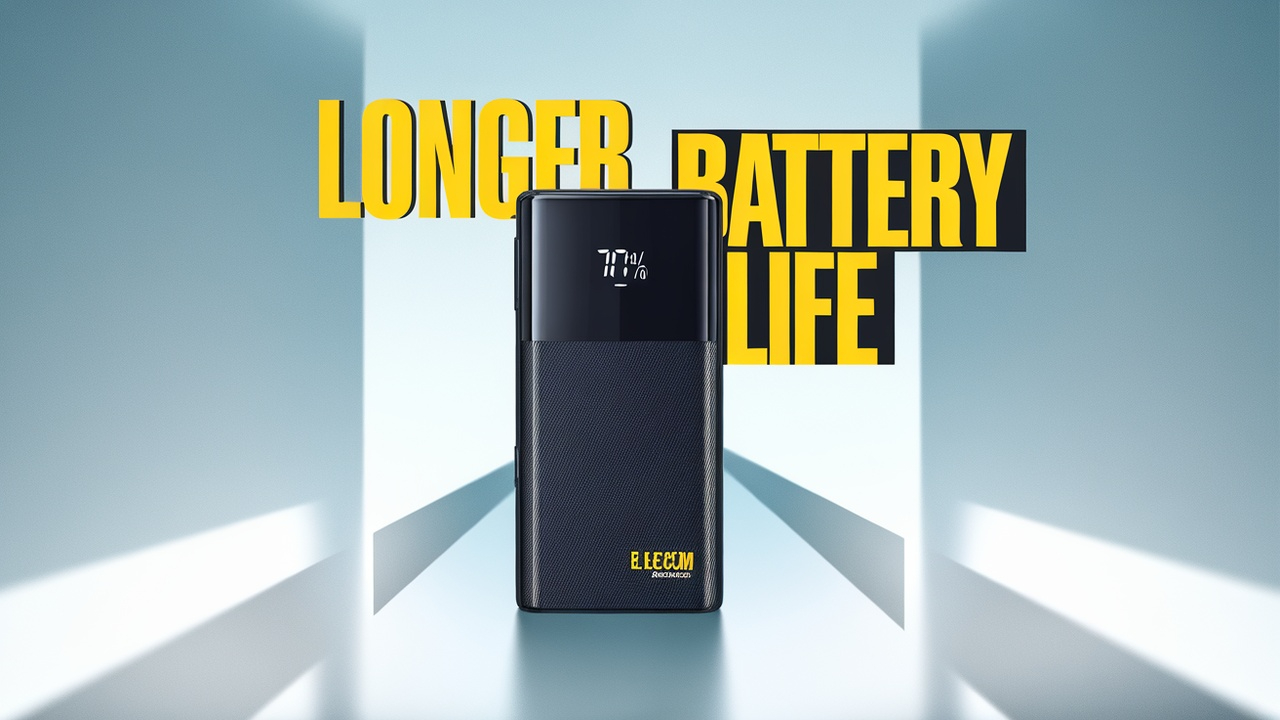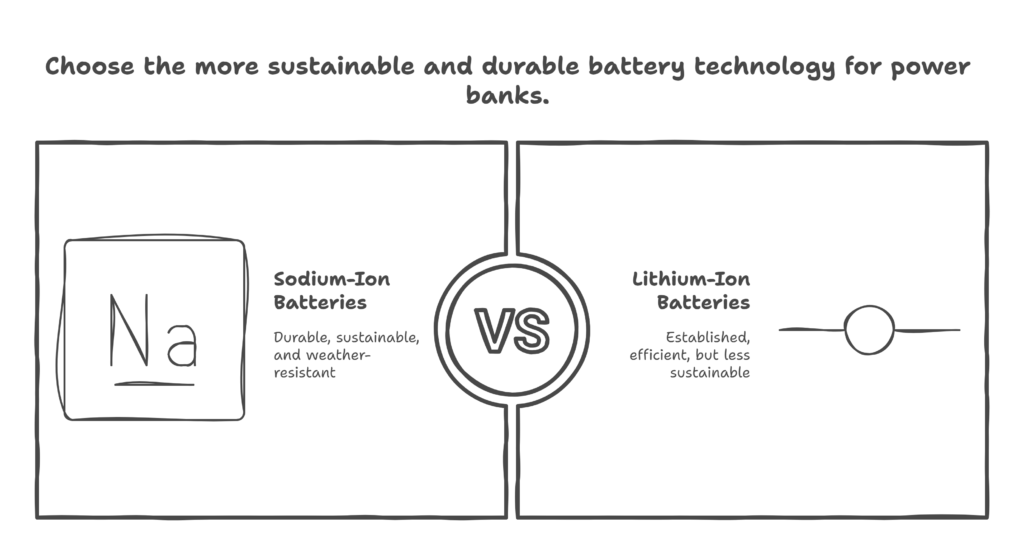Elecom’s New Na Plus Power Bank Launches
OSAKA, JAPAN —On March 13, 2025, Japanese tech company Elecom released it's Na Plus power bank. This is the world’s first sodium-ion batteries power bank.

The release cuts into a burgeoning drive for greener, safer energy alternatives.
A New Kind of Power
09 — The Na Plus power bank packs 9,000 mAh of juice. It uses sodium-ion batteries, rather than the standard lithium-ion ones. This gives it durability and the ability to function in harsh weather. According to Elecom, it can endure 5,000 charge cycles. That’s 10 times the energy density of most lithium-ion batteries. It also performs well from minus 35 degrees Celsius to 50 degrees Celsius. It has a 45-watt USB-C port and an 18-watt USB-A port. It’s easy to carry, but 350 grams — heavier than other lithium-ion models.

This launch disrupts the power bank game. Sodium-ion tech is a first for everyday gadgets. Lithium-ion batteries have dominated since the 1990s. They fuel phones, laptops and beyond. But extracting lithium is bad for the planet. Sodium is different. It’s inexpensive, abundant and occurs in salt. Elcom’s Na Plus takes two hours to charge completely. It can fully charge up a 1,800-mAh phone nearly three times per charge. “We’re pleased to be the first company to introduce sodium-ion batteries,” said Koichi Iwami, Elecom’s president and chief executive officer. “It’s safer, and better for Earth.”
Why Sodium-Ion Matters
Sodium-ion batteries aren’t exactly state of the art. They have been tinkered with by scientists since the 1970s. They operate like lithium-ion batteries, but they are powered by sodium instead. This exchange reduces costs and risk. Lithium can ignite if it overheats. Sodium doesn’t. That’s what makes the Na Plus such a big deal. It’s safer for the user and the environment. And it avoids rare metals such as cobalt.) There are dirty mining works that pollute land and water to extract that. Sodium is obtained from seawater and the Earth’s crust. It’s everywhere.
Elecom have been making power banks since 2010. A 2025 TechTrend report says they top Japan’s sales charts for 11 consecutive years. This time around, they’re banking on sodium-ion to maintain their lead. The Na Plus is a perfect fit with current trends. Folks want green tech that can stick around. Posts on X describe it as “a battery game-changer.” Some criticize how heavy it is but love the longevity. It’s not just hype. Sodium-ion may soon end up in more devices instead of lithium-ion. Some car manufacturers have even tested it on electric vehicles.
There’s a downside, though. They are much weaker per pound than sodium-ion batteries. Which is why the Na Plus is chunkier than its competitors. Anker’s 10,000-mAh lithium-ion power bank weighs only 213 grams. The Na Plus weighs in at 350 grams at 9,000 mAh. It’s a compromise for safety and longevity.” Elecom has it priced at 9,980 yen, or roughly $67. That’s more than a few lithium-ion variants at $20. But the company says that the benefits make it worth it.
What’s the Future of Sodium-Ion Tech?
This launch may just be the catalyst for a change. If the Na Plus sells, others may follow. Elecom suggests that there will be more sodium-ion gear down the line. They’re not alone. China’s CATL begins sodium-ion testing for cars. It is a slow climb, experts say. Production has to expand to contain costs. For now, the Na Plus is available just in Japan. You can pre-order it online. Shipping starts late March. No news on a global release yet though.
The timing’s perfect. Battery demand is up. Portable charger sales soared 25 percent last year, according to a 2025 TechTrend study. People need power on the go. Sodium-ion might satisfy that need without ruining the planet. But it’s not flawless. Some buyers might be dissuaded by the size and weight. Yet Elecom’s strategy added pressure on lithium-ion producers. Will they transition or remain set in their ways?
That makes the Na Plus a bit special for now. It is a first step toward a cleaner battery future. But if it takes off, sodium-ion could have a lot more than power banks in its sights. Err, cars, phones, laptops, even homes. Elecom’s betting big. If successful, it could upend the game on portable power. Failure might stall sodium-ion’s ascent. Either way, it’s an adventurous opening worth tuning in for.